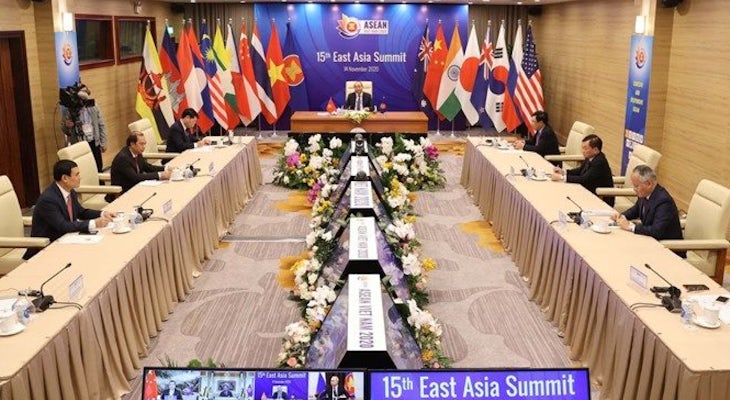About Us
Our History & Mandate
Our History & Mandate
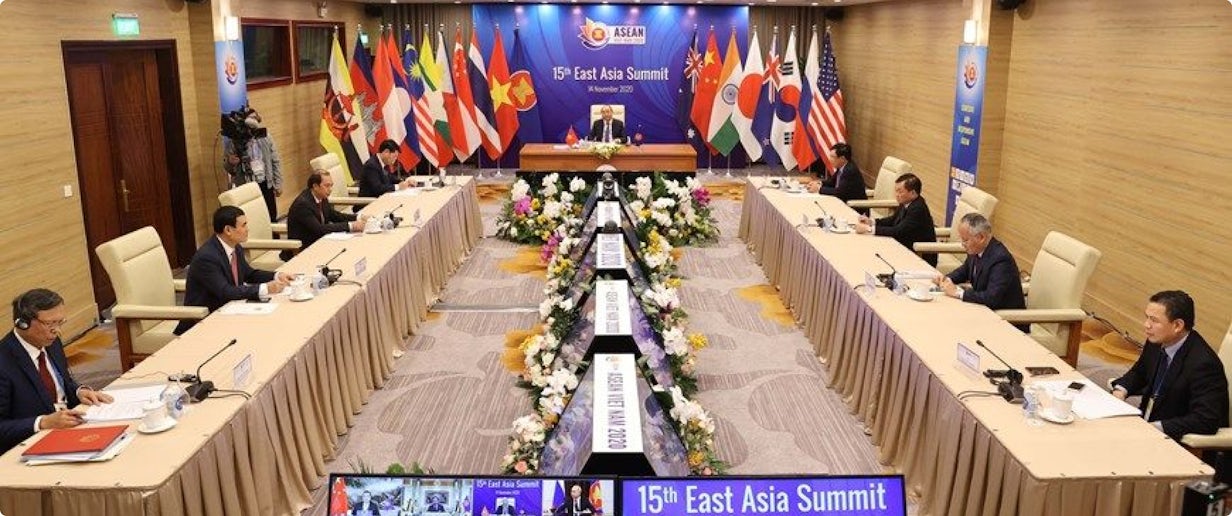
2012
The spectre of drug-resistant malaria is recognised as a public health threat requiring national and regional responses.
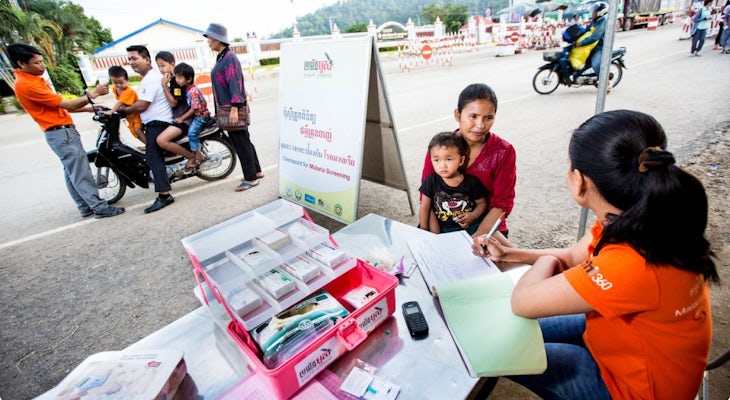
2013
The Asia Pacific Leaders Malaria Alliance (APLMA) is established, with the Prime Ministers of Australia and Vietnam as co-chairs. The APLMA Secretariat begins working from the headquarters of the Asian Development Bank in Manila.
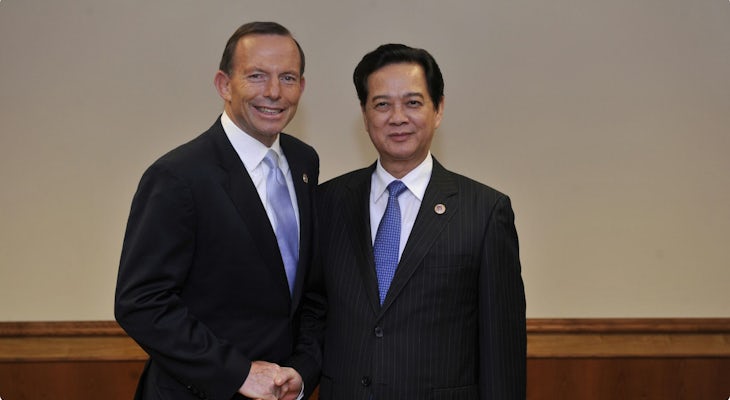
2014
The 18 members of the East Asia Summit (EAS) unanimously agree on the goal of making the Asia-Pacific free of malaria by 2030. APLMA is tasked with creating and implementing a Roadmap for attaining this goal.
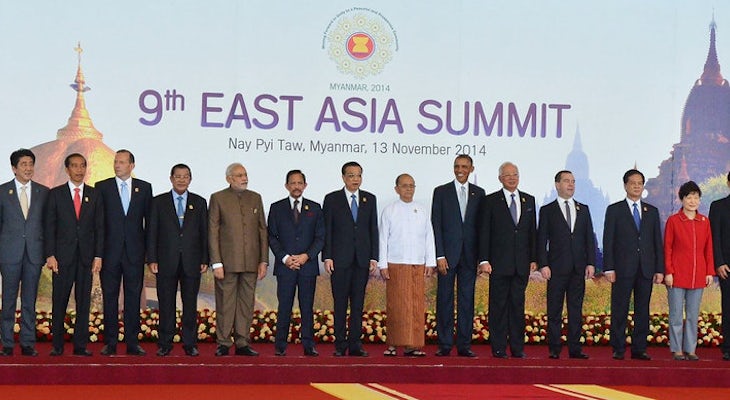
July 2015
APLMA convenes the first Senior Officials’ Meeting in Manila, Philippines.
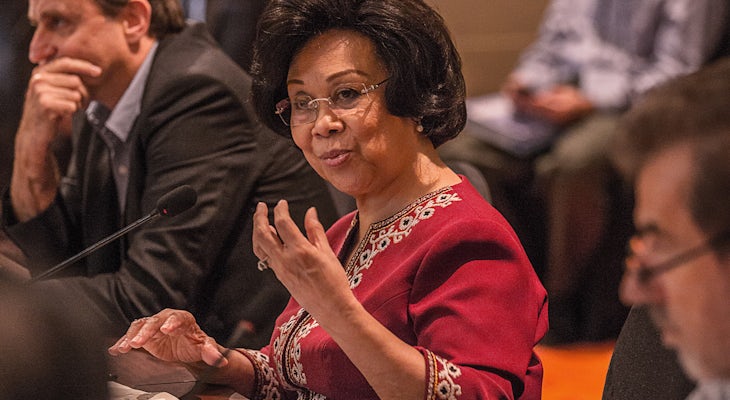
October 2015
The APLMA Secretariat incorporates as a non-profit entity in Singapore.
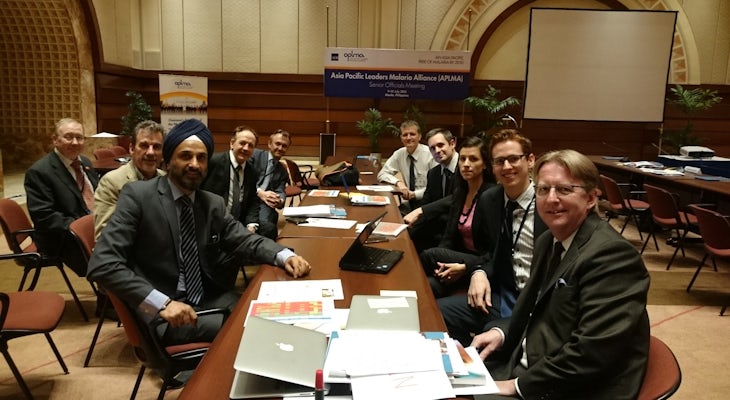
November 2015
The Asia Pacific Leaders Malaria Elimination Roadmap is endorsed by all 18 EAS members. The Mekong region is identified as a key priority.
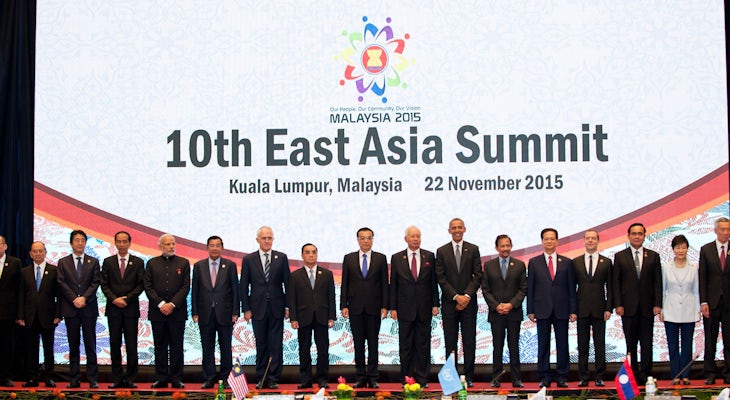
May 2016
APLMA convenes the 2nd Senior Officials’ Meeting in Bangkok, Thailand.
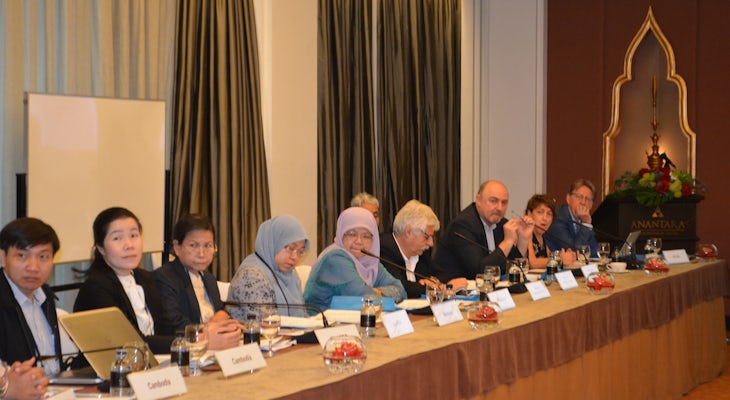
September 2016
The EAS member countries reiterate their commitment to the 2030 goal.
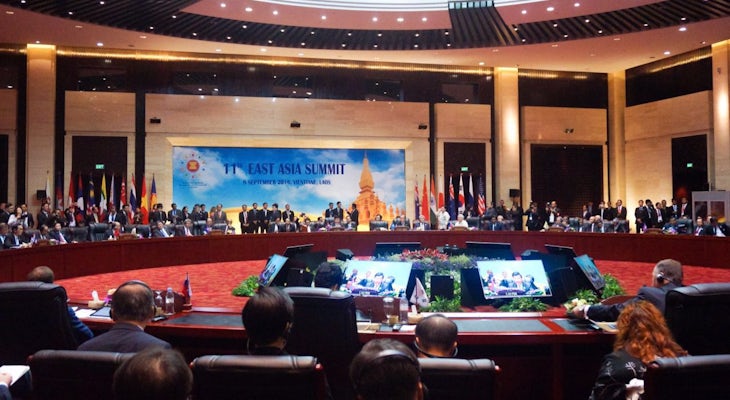
November 2017
The EAS member countries reaffirm their commitment to malaria elimination by 2030 and welcome the establishment of The Global Fund’s Regional Artemisinin-resistant Malaria Initiative.
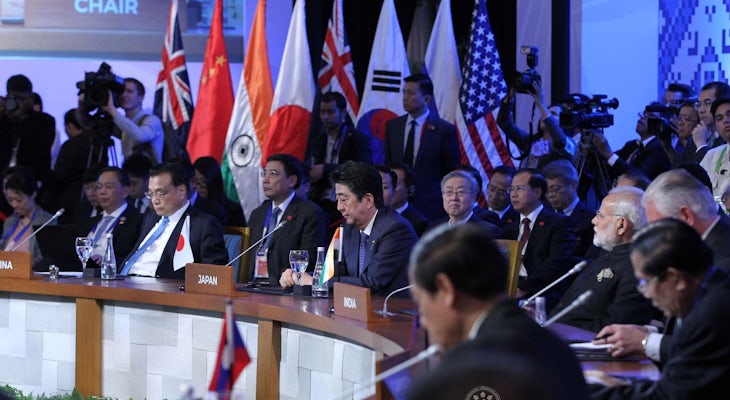
December 2017
APLMA convenes the 3rd Senior Officials’ Meeting in Naypyidaw, Myanmar.
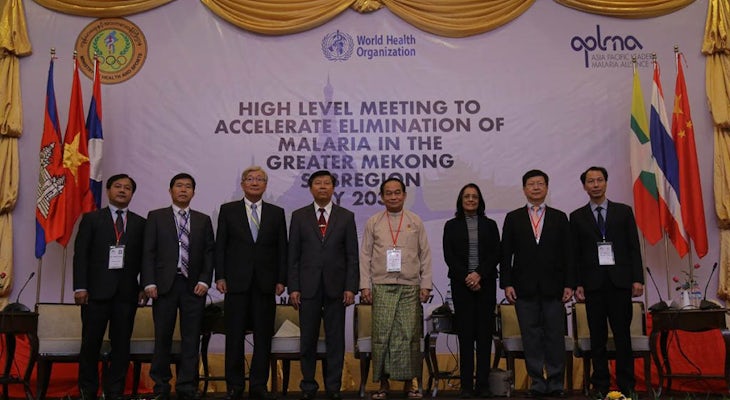
March/April 2018
Four non-EAS members (Pakistan, Solomon Islands, Papua New Guinea, and the Republic of Vanuatu) commit to the Roadmap, bringing the total number of Asia-Pacific countries working towards its implementation to 23.
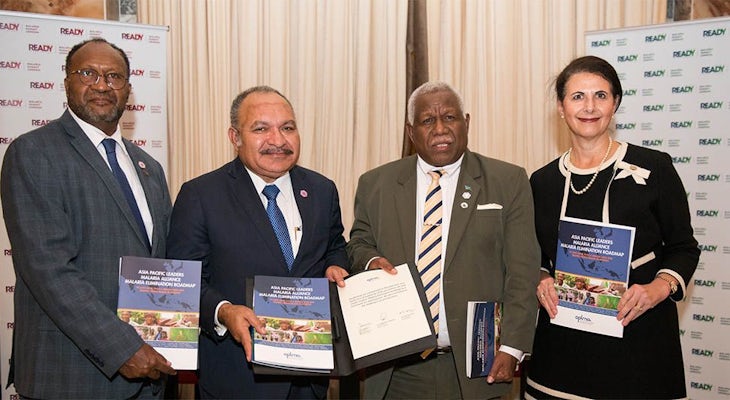
November 2018
The EAS reaffirms its commitment to malaria elimination by 2030.
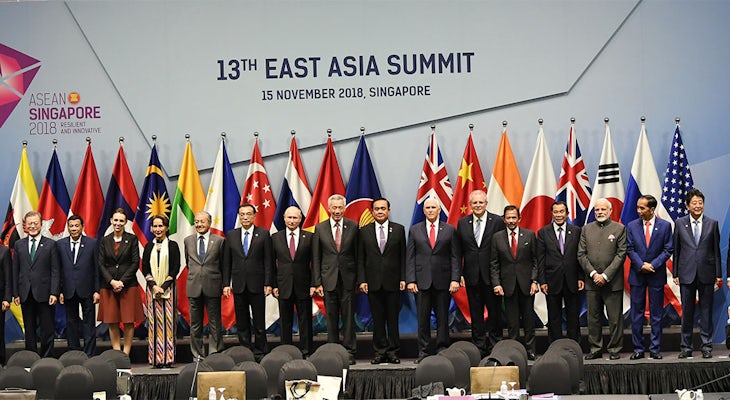
Photo credit: ©flickr/MEAphotogallery
November 2019
The EAS reaffirms its commitment to malaria elimination by 2030, and requests for a 5-year progress report on the progress made in the region towards 2030.
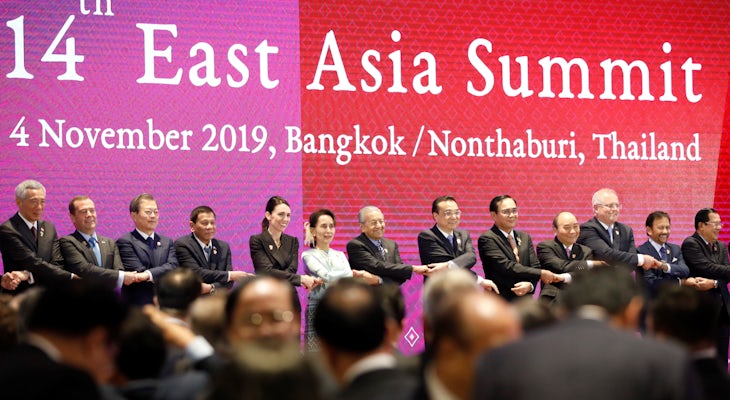
18 Heads of Government Celebrate a Successful 14th East Asia Summit in Bangkok, 4 November 2019 © ASEAN
November 2020
The EAS reaffirms its commitment to malaria elimination by 2030, and requests for a 5-year progress report on the progress made in the region towards 2030.
